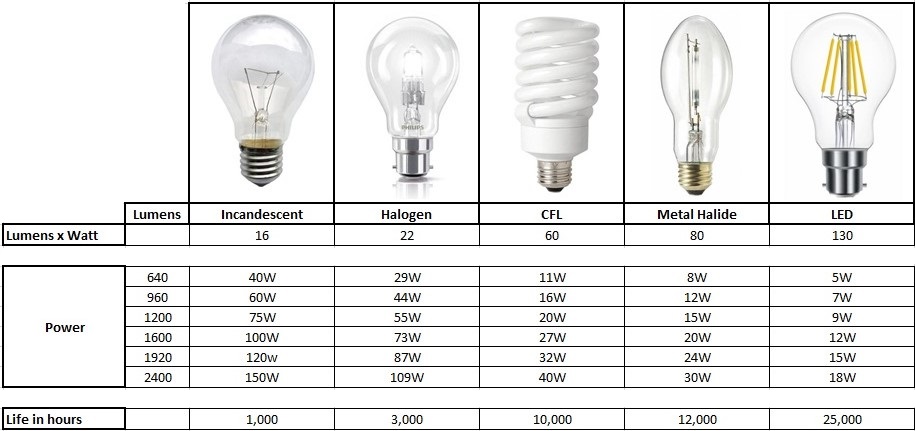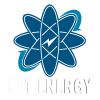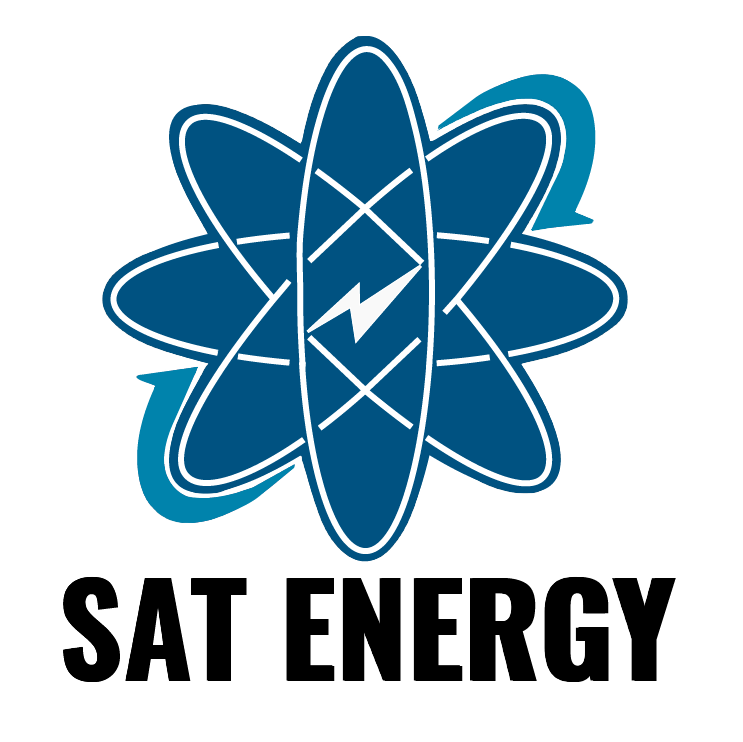What is Lumen?
Lumens are a measurement of the total amount of lighting originating from a light bulb or a street light fixture. The higher the lumen count of a light fixture, the brighter that light fixture will be. For example, a Series N1-20W Solar Light with 2000 Lumens will be significantly brighter than a Series N1-10W with 1000 Lumens.
What is Lux?
While Lumen is the amount of illumination that comes out of a light source such as an LED bulb, Lux is the amount of illumination that reaches the surface and is measured in 1 Lumen per square meter.
What is a Watt in lighting?
The meaning of Watt is broader than what we are going to explain here, but we are going to focus only on explaining about Watts in illumination.
Watt is not a measure of brightness, Watt is the amount of energy that a light bulb consumes to make it light, the more watts it consumes, the more powerful the brightness. Remember that the brightness that comes out is measured in Lumen and that that reaches its destination is measured in Lux.
Fortunately, technological development has given us new, much more efficient lighting technologies that use less energy for the lighting we need, for example, a 60 watt incandescent bulb produces 960 lumen, the same as what a 6 Watt LED bulb produces.
Example:
We take an 11 Watt LED bulb, as the LED gives us 150 Lumen per Watt, then we multiply 11 Watts x 150 Lumen and it gives us 1600 Lumen coming out of the bulb.
If we put the bulb on the ground so that it illuminates one square meter, then we would have an 11 Watt Bulb, 1600 Lumen of output lighting and 1600 Lux of surface lighting.
If we raise the bulb so that they illuminate 4 square meters then the amount of Lux would be divided by 4, so we would then have an LED Bulb of 11 Watts, 1600 Lumen that gives us 400 Lux in surface area.
The higher the bulb is raised, the more surface will be illuminated but the dimmer the illumination will reach the surface.
Lumen is a measure of the amount of visible light or illumination emitted by a source over a period of time.
For years, we have become accustomed to measuring the amount of light depending on the power in watts of the source that illuminates, previously, if we wanted more lighting from a 20-watt bulb, we bought a 40-watt bulb and thus, this was due to the fact that There was only one type of commercial lighting lighting (Incandescent Light).
The efficiency of incandescent light is very low since only 15% of the energy produced is visible light, the remaining 85% is transformed into heat.
Over time, new more efficient technologies began to be developed such as the Compact Flourescent Lamp (CFL) or lately Light Emition Diode (LED).
When new technologies are introduced to the market, a confusion is being created around what we call lighting since, for example, a 7 Watt LED bulb gives the same illumination as a 40 Watt incandescent, so we prefer to measure the lighting by Lumen.
For example, if before you bought a 40 watt incandescent bulb and now you want one that illuminates like a 60 watt incandescent, but in LEDs, it is better to search for it by Lumen, that is, look for one that has 800 lumens, which is the same as one 60 Watt incandescent or one 10 Watt LED.
Solar powered LED luminaires are light fixtures that come fully integrated with a solar panel, battery storage system such as lithium battery, and a charge control which controls the operation of the solar light fixture. The solar panel converts the sunlight it receives into energy that is stored into the battery storage system. The energy is then used to power the LED lights when the night approaches. The charge control and light sensor turns off the LED lights as daytime approaches and the solar panel charging starts to cycle again.
LEDs area capable of producing cooler, brighter lighting at significantly less energy consumption compared to standard incandescent, halogen, and CFL lighting. For example, a 10W LED Light can produce the same amount of lighting output as an 80W Halogen Light but with less energy consumption required to match the Halogen Light. LEDs also have a longer life expectancy as a standard LED can operate at 50,000 hours or more. This is why SAT Energy uses LEDs for its Solar Powered Lighting Fixtures.

The color temperature of a light source is the temperature of an ideal black-body radiator that radiates light of a color comparable to that of the light source. Color temperature is a characteristic of visible light that has important applications in lighting, photography, videography, publishing, manufacturing, astrophysics, horticulture, and other fields. In practice, color temperature is meaningful only for light sources that do in fact correspond somewhat closely to the radiation of some black body, i.e., light in a range going from red to orange to yellow to white to blueish white; it does not make sense to speak of the color temperature of, e.g., a green or a purple light. Color temperature is conventionally expressed in kelvins, using the symbol K, a unit of measure for absolute temperature.
Color temperatures over 5000 K are called “cool colors” (bluish), while lower color temperatures (2700–3000 K) are called “warm colors” (yellowish). “Warm” in this context is an analogy to radiated heat flux of traditional incandescent lighting rather than temperature. The spectral peak of warm-colored light is closer to infrared, and most natural warm-colored light sources emit significant infrared radiation. The fact that “warm” lighting in this sense actually has a “cooler” color temperature often leads to confusion.
Almost all of our solar LED light fixtures have the ability to be preset with a color temperature range between the soft warmer 3000K to the cooler daylight 6500K. Depending on your projects, location, and lighting requirements, we have the capability to provide the right customized color temperature to fit your outdoor lighting needs.

SAT Energy can supply and install solar powered LED light fixtures for your projects including neighborhood communities, residential properties, streets, parking lots, and much more. We also work with distributors throughout the state of Texas to install and complete solar lighting installations. You can place and order by phone or email us for an estimate or quote. From there, we will send someone out to measure and determine the best delivery method.
The warranty for most of our solar LED light fixtures will be 5 years. A few of our smaller solar LED light fixtures such as the Series P2 Solar LED Light Fixture will have a 3 year warranty.
The average lifespan for our solar powered LED light fixtures can range from 10 to 15 years. Note that location, weather, and solar light positioning can affect the range and lifespan of your solar LED light fixtures.
The solar LED fixtures have enough energy storage capacity for approximately 3 days without a single charge. They can continue to illuminate even on rainy days or cloudy days.
Yes. Our solar powered LED light fixtures are designed to stay on and continue illuminating each night. The battery storage system can store sufficient power for the solar light fixtures to continue operating even during rainy or cloudy days.
Yes. We offer solar light fixtures which contain a motion sensor that can pick up detection from a walking pedestrian to a vehicle passing by. Once motion activity is detected, the motion sensor will trigger the solar light fixture to illuminate brighter for a certain period of time. After no more motion activity is detected, the solar light fixture will revert back to its dim mode setting. SAT Energy has the capability to customize our solar light fixtures to operate without any dim/bright mode motion sensor setting, operate at a single bright mode setting (for street and parking lighting), and operate on a timer depending on your project requirements.
SAT Energy offers high-tech, energy efficient Solar lighting solutions for your home, property, business. Our off-grid solar powered light fixtures are a great alternative to save on your energy costs. SAT Energy has the presence in San Antonio and surrounding Central Texas region. This gives us the ability to provide direct on-site visits locally and ensure that the solar light fixtures that you intend to use will be the right type and size for your projects. We offer exceptional products along with phenomenal customer service to make sure your properties and projects are illuminated intelligently, brightly, and efficiently.

